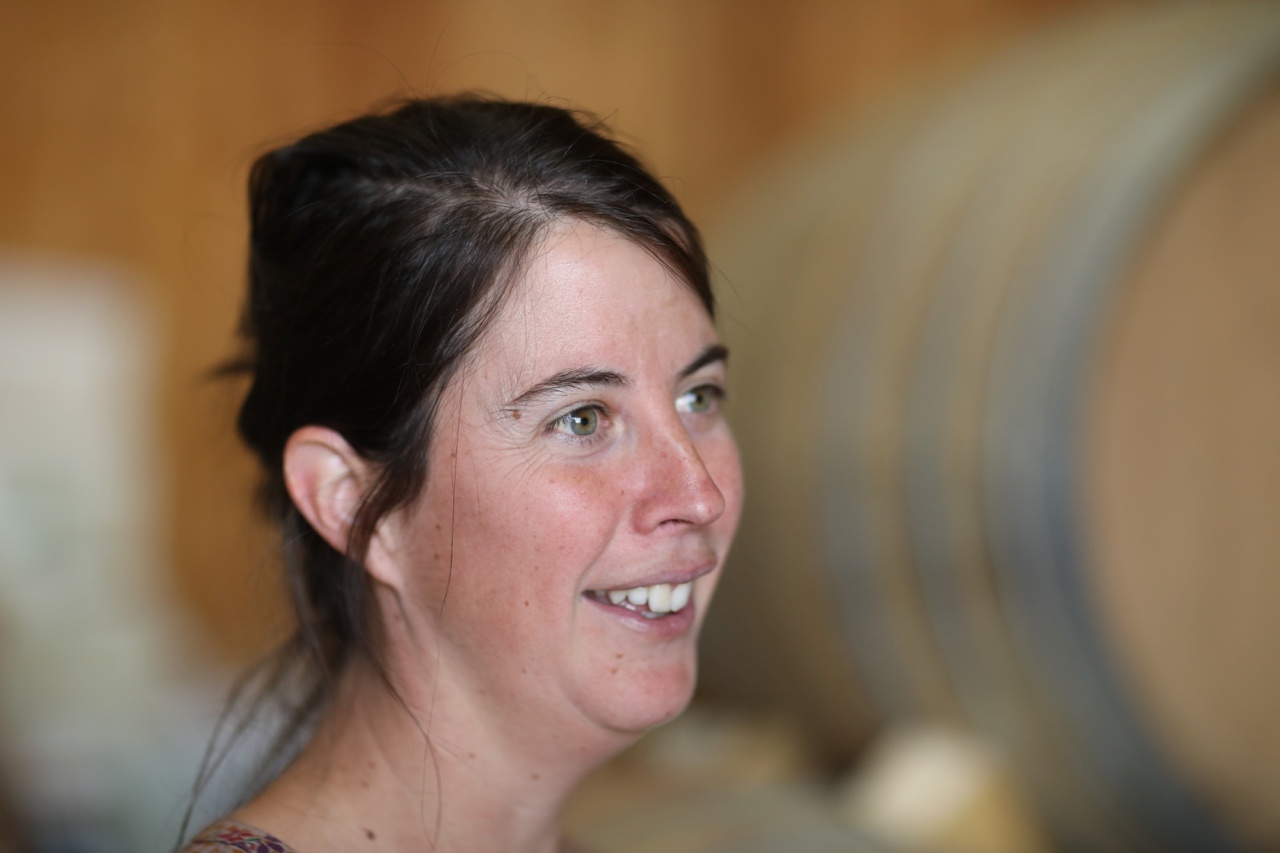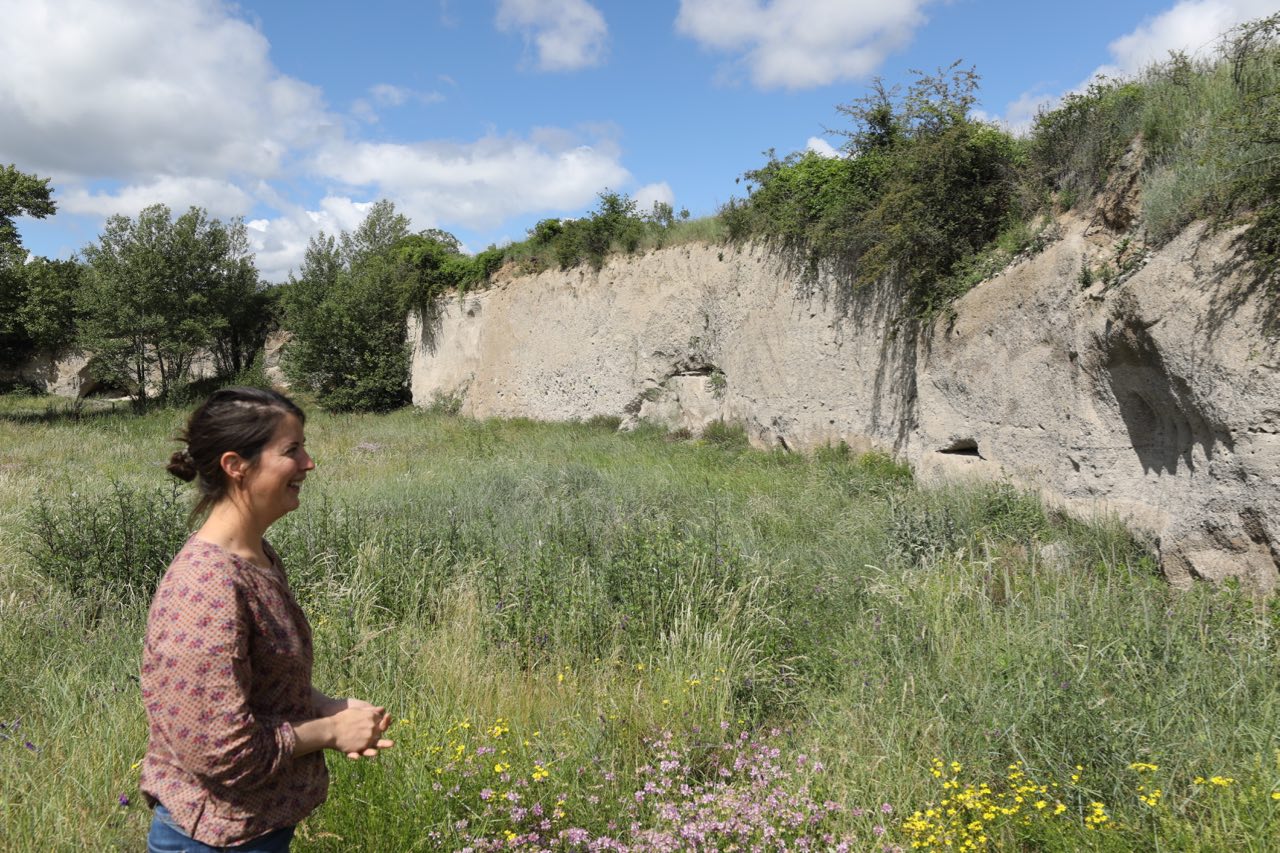From the 2018 vintage @Domaine Luneau-Papin
They start tomorrow
The 2020 Muscadet harvest officially starts tomorrow. The start is very early but not, however, the earliest in recent times as the official start in 2003 was 19th August, the 24th in 2011 and 25th in 1989.
Unfortunately for a number of reasons I am going to miss the start of the Loire harvest this year but hope to get out to the Loire in mid-September, although we may have to quarantine for 14 days if France imposes restrictions. The 2020 harvest looks promising both in quality and quantity, which should help producers hit by frost in 2017 and 2019.
Bonnes Vendanges à tous
Communiqué from Fédération Vins de Nantes (25.8.2020)
MUSCADET : le ban des vendanges, historiquement précoce, prononcé le mercredi 26 août 2020
La Fédération des Vins de Nantes (1), propose à l’Institut National des Appellations d’Origine, le ban des Vendanges du Muscadet qui devrait être prononcé par arrêté préfectoral le mercredi 26 août 2020. La récolte s’annonce de bonne qualité avec des volumes satisfaisants et une précocité exceptionnelle.
Suite aux contrôles de maturité, coordonnés par la Fédération, qui servent d’indicateurs sur l’équilibre entre le sucre et l’acidité du raisin et évaluent l’état sanitaire du vignoble, la récolte des premières grappes de melon de Bourgogne sera autorisée, par arrêté préfectoral, pour les vins d’AOC Muscadet à partir du mercredi 26 août 2020.
Le millésime se caractérise par son exceptionnelle précocité (une des années record depuis 40 ans avec 1989, 2003 et 2011) liée à un printemps chaud et sec. Le début de l’été marqué par des épisodes très chauds, suivi par des précipitations orageuses d’août, a optimisé la maturité avec des bons équilibres sucre/acidité et des volumes qui vont permettre d’approcher les rendements des cahiers des charges d’appellation, minimisés par quelques pertes liées aux journées caniculaires.
Selon Christian Gauthier, Président de la Fédération des Vins de Nantes, « Cette récolte marquera les esprits des vignerons. Nous avons évité de peu un gel de printemps, vécu comme tous, une période d’épidémie traumatisante puis retrouvé espoir avec une saison estivale très encourageante pour la vigne et le commerce. Les précipitations orageuses ont été les bienvenues mais demandent une extrême vigilance des vignerons pour vendanger sereinement au bon moment afin d’optimiser le potentiel qualitatif. » En effet, la météo variable des derniers jours rend instable les évolutions de maturité entre acidité et degré et nécessite une attention particulière sur l’état sanitaire des grappes bien contenu jusque-là.
Le Président se veut rassurant : « Les maturités peuvent être un peu hétérogènes selon les secteurs jusque dans les parcelles mais il faut faire confiance au talent des vignerons pour gérer ces aléas à la vigne et en cave. » D’un point de vue économique : « Cette récolte va permettre d’alimenter notre marché (environ 300 000 HL) qui repart bien suite à la saison touristique. Elle va aussi favoriser la reconstitution de nos stocks, impactés par les gels de 2017 et 2019, avec du Volume Complémentaire Individuel (2). Souhaitons que 2020 marque les esprits comme un millésime exceptionnel - à l’instar des grandes années précoces (1989 ou 2003) - que comme celui de l’année du COVID-19 qui a affecté économiquement toute notre filière. »
Les vendanges en Muscadet, qui sonnent le départ dans tout le bassin du Val Loire,
devraient s’étirer sur 3 semaines en fonction des terroirs.
FEDERATION DES VINS DE NANTES
13 château de la Frémoire – 44 120 VERTOU
Tél. 02 40 80 14 90 – Fax. 02 40 80 30 04







